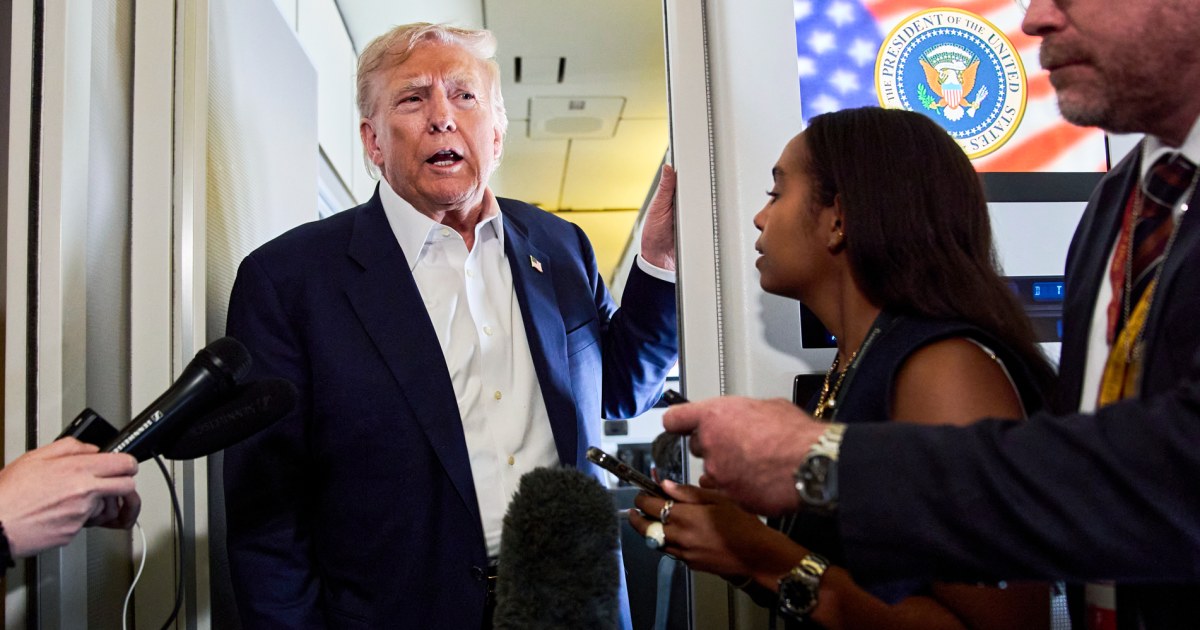Trader Sentiment Amid New Tariffs
On this eventful trading day, investors cast their bets with the S&P 500, Dow Jones Industrial Average, and tech-focused Nasdaq all projected to decline by around 1%. The catalyst behind this bearish sentiment? The announcement of new import taxes under the Trump administration, which have triggered fears that these tariffs could lead to a broader downturn in global economic growth and corporate profits. In a world where inflation has been a persistent concern, these tariffs may also curtail price rises, creating an ironic twist in the economic narrative.
Impact on Global Trade Partners
The countries most affected by these aggressive tariffs are witnessing significant increases in duties. Taiwan, for example, now faces a staggering 20% duty on its exported goods. Conversely, Canada has been hit even harder, with its rates escalating dramatically from 25% to 35% for goods not covered under the USMCA trade agreement. Switzerland, too, is feeling the pinch with a 39% tariff imposed on many of its exports to the U.S. The repercussions extend further, as many other global markets are now dealing with a baseline import rate of 10%.
Historical Context of Tariffs
Analysts have thrown light on the broader implications of these tariffs, emphasizing that the average effective tariff rate on goods imported into the United States has now surged to 15%. This represents the highest level of import duties since the 1930s—a period marked by economic challenges. The staggering rise in tariffs indicates not just a change in trade relations but also a shift in the U.S. economic landscape as policymakers leverage tariffs as a tool for negotiating trade terms.
Market Response: A Cautious Outlook
While today’s market reaction may seem muted compared to the historic turmoil following Trump’s earlier trade announcements in April—which he famously termed “Liberation Day”—the specter of uncertainty continues to loom over global markets. Economists and analysts have noted that the current climate remains under pressure, with many still on edge about the forthcoming tariffs on critical sectors such as pharmaceuticals, semiconductors, and minerals, all crucial for modern economies.
The Uncertainty Factor
James Pomeroy, an economist with HSBC, encapsulated the prevailing sentiment in the market when he stated, “Uncertainty about trade hasn’t gone away.” The choppy waters of global trade, exacerbated by these elevated import taxes, are likely to disrupt the flow of goods and complicate the overall economic landscape. He echoed concerns that understanding how both the U.S. and its trade partners are adapting to these new tariffs will be a challenge in the coming months.
Consequences for Corporate Profits
As the day unfolds, businesses and corporations are bracing themselves for the impending impact of these tariffs. With rising costs for imported goods, companies may either choose to absorb the costs, which could dent their profit margins, or pass these costs onto consumers, which may reignite inflationary pressures. The decisions made today by traders reflect not just a reaction to tariffs, but a wider concern about how these policies will shape future economic conditions.
Looking Ahead
With the markets teetering on the edge of uncertainty, traders are keenly observant of the next steps from the Trump administration. They are left pondering how these tariffs will alter not just trade relationships but also corporate strategies and consumer behavior. The stakes are high, and both traders and economists are watching closely to see how this new chapter in U.S. trade policy will unfold.



